Visit to the Forte da Graça - Portugal
[EN]
Hello, I hope you are all well ☺️ Today I come to finish my previous post about the exterior of the Graça Fort. The Graça Fort is huge and very beautiful ☺️ I recommend it to everyone who visits Portugal. As I told you in the previous post, the Graça Fort is located in Elvas - Portugal. It is on the border between Portugal and Spain but on the Portuguese side, so if you are in Spain close to Portugal you can go and visit it, it is very worthwhile!
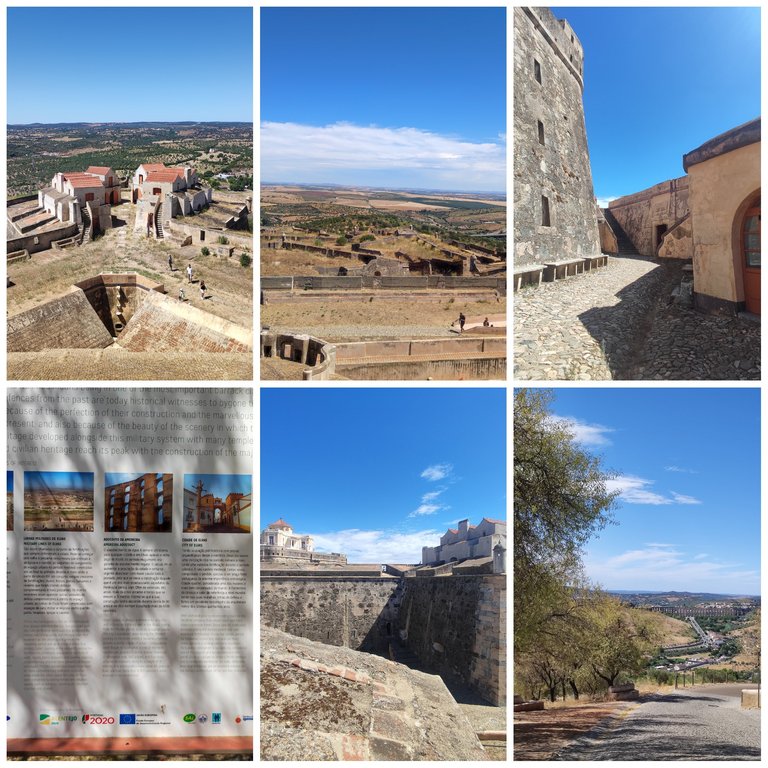
We decided to visit this place because we saw a poster telling us what to visit in Elvas and since our holidays were spent in Elvas and we had a dog with us, we had to go to places that accepted dogs. So Forte da Graça was on the list and so we decided to go there.
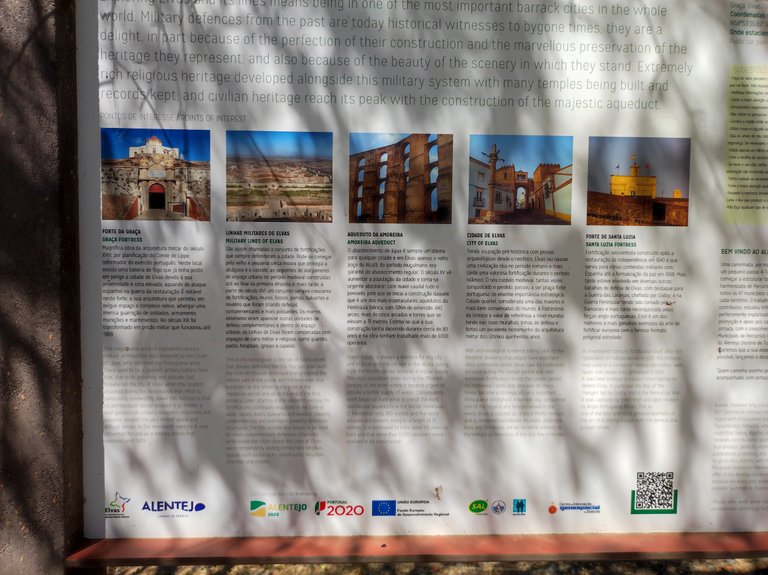
The Forte da Graça in Elvas is an impressive structure that dominates the landscape. Situated on top of a hill, the fortification offers stunning views of the city and the surrounding plains. Built in the 18th century, the fort served as a strategic defense point against invaders. Its imposing walls and privileged location demonstrate the military importance it had throughout history. Today, when visiting the site, it is impossible not to marvel at the grandeur of the building and the beauty of the view it provides.
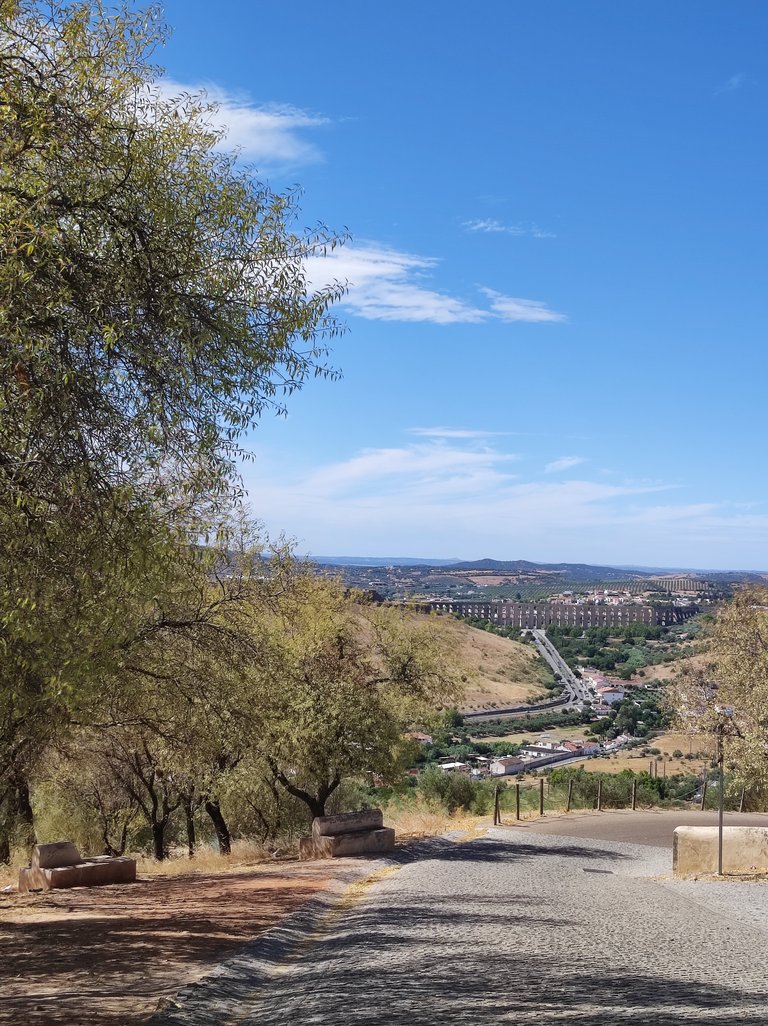
The walls of Forte da Graça are impressive in their robustness. Made of solid stone, they were designed to withstand the fiercest attacks. With a considerable thickness, these walls form a star-shaped fortification, a typical feature of military constructions of the time. Each angle of the walls was carefully designed to offer the best possible defense. Walking along these walls is like going back in time, imagining the battles that took place there and how difficult it was for enemies to invade the fortress.

The exterior of Forte da Graça is dotted with bastions and ravelins, structures that played an essential role in the defense of the fortification. Bastions are protrusions that allow defenders a wide and clear view of the surroundings, making it difficult for enemies to approach without being seen. Strategically positioned ravelins served as additional lines of defense, protecting the main walls from direct attacks. These elements of military engineering, at once beautiful and functional, demonstrate the sophistication of defensive design at the time.
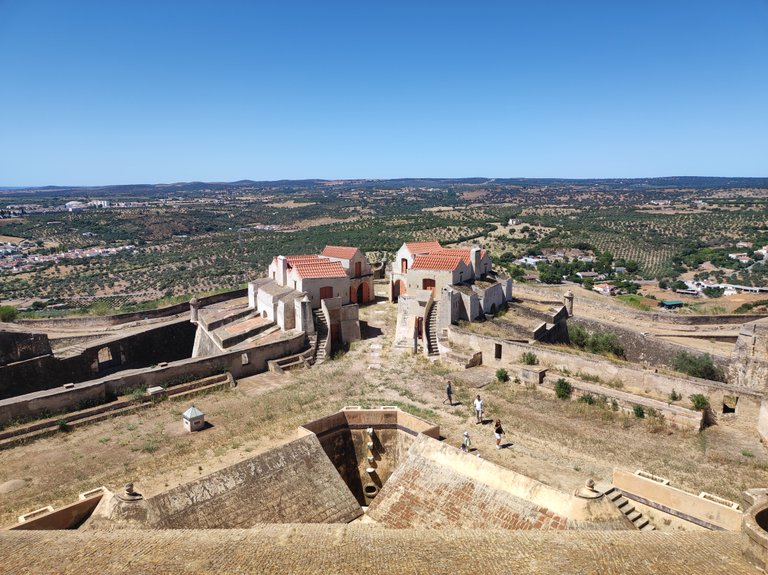
One of the most striking features of the Graça Fort is the moat that surrounds it. This deep and wide moat was a formidable barrier against any attempted invasion. In addition to making it difficult to access the walls directly, it also slowed down invaders, giving the defenders more time to react. Complementing the moat was a drawbridge, which could be raised to completely isolate the fort. This combination of moat and drawbridge was one of the first and most important lines of defense, ensuring the security of the fortress.
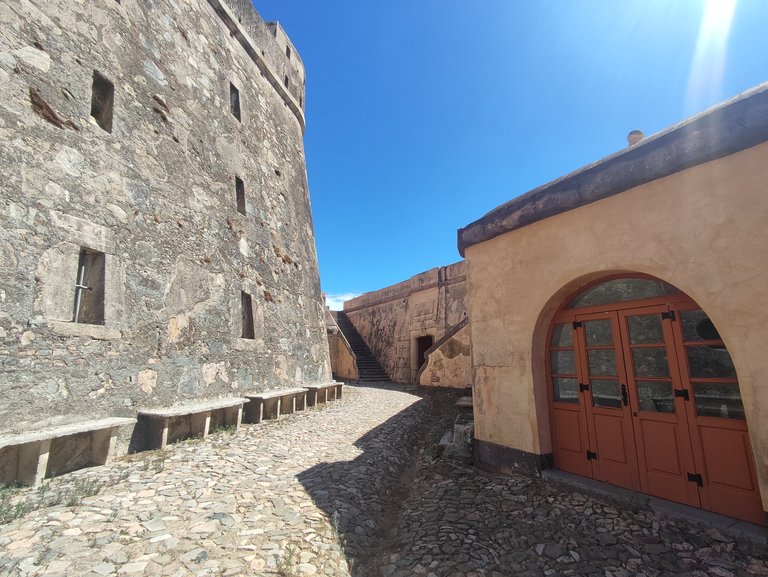
The ports of the Graça Fort are another highlight of its defensive structure. Made of solid wood and reinforced with metal, they were extremely resistant, capable of withstanding the efficiency of break-ins. The ports were protected by guardhouses, from which soldiers could keep watch and react quickly to any threat. The design of these ports shows the concern for security and access control to the fort, essential elements in times of war. Today, when passing through these ports, we feel the living history in their robust structures.
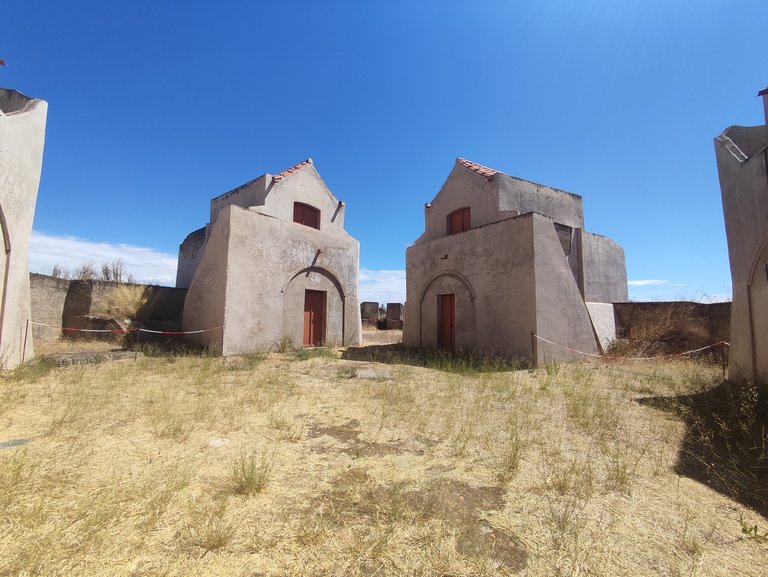
In addition to its defensive function, the Forte da Graça offers a spectacular panoramic view. From the top of the walls, one can see the entire city of Elvas, the vast Alentejo plains and even the Spanish lands in the distance. This view was essential for the soldiers, who could monitor any movement in the surrounding area. Today, this same view is one of the great attractions for visitors, who can enjoy both the landscape and the feeling of being in such a historically significant place.
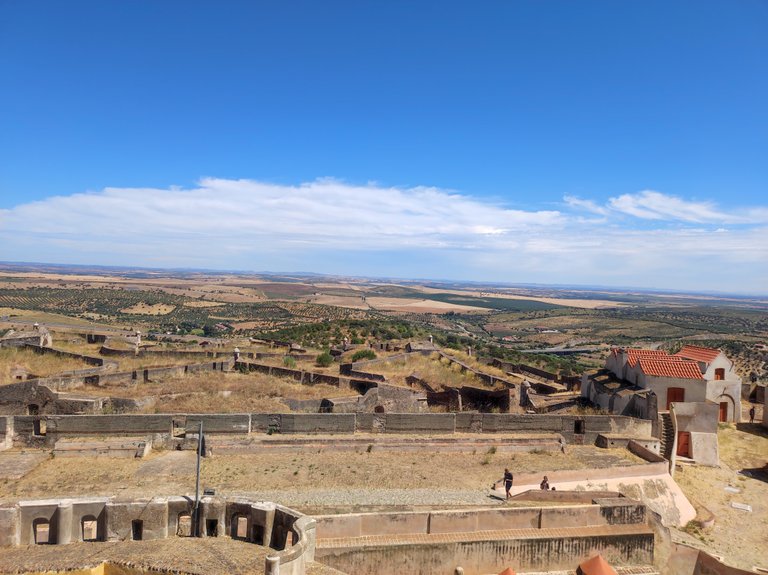
Outside the Forte da Graça, we also find the Chapel of Our Lady of Grace. Although simple in its construction, the chapel served as an important spiritual refuge for the soldiers and residents of the fort. Located within the imposing walls, the chapel provided a space for peace and reflection amidst the rigidity of military life. The presence of this small religious building within such a robust fortification creates an interesting contrast, showing that, even in times of war, there was room for spirituality.
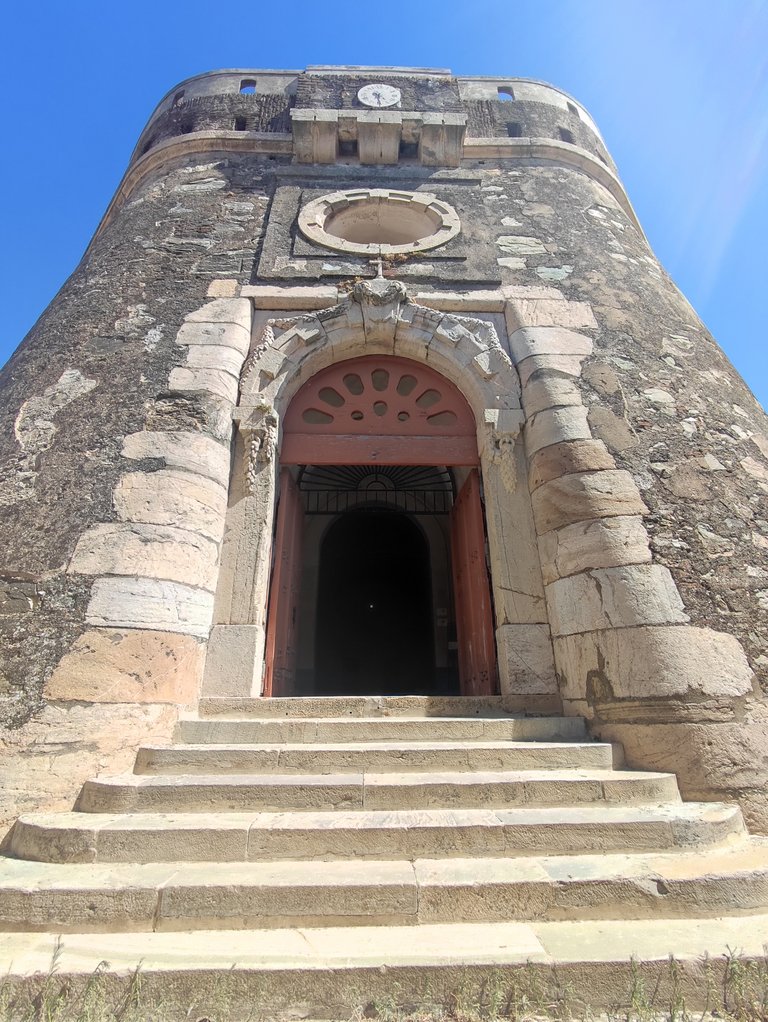
The stone cladding of the exterior walls of the Graça Fort is another notable feature. The stones were selected and placed with extreme care, ensuring that the structure remained strong and stable over the centuries. The work of the masons is evident in the precision with which the stones fit together, forming a strong and virtually impenetrable surface. This attention to detail in the construction has helped the fort to withstand the test of time and adversity, remaining an example of excellence in military engineering.
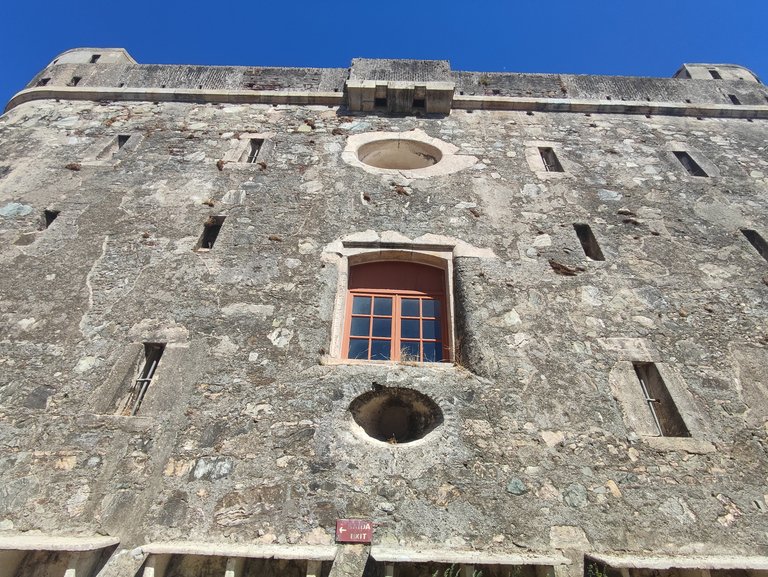
The Caminho de Ronda is a passage that runs along the top of the walls of the Graça Fort, allowing soldiers to patrol the entire perimeter of the fortification. This elevated path offered an unobstructed view of the entire surrounding area, which was crucial for the defense of the fort. Today, walking along the Caminho de Ronda is a unique experience that transports us back to the times when the guards were always on alert, ready to defend the fortress from any threat that might appear on the horizon.

The preservation of Forte da Graça is essential to keep the history of this important building alive. Over the years, ongoing restoration efforts have ensured that the walls, ports and other structures remain in good condition, allowing future generations to enjoy them. Keeping the fort in good condition not only preserves an important cultural heritage, but also allows more people to learn about the history of Elvas and the importance of this fortification in the defense of the region. Forte da Graça is, without a doubt, a historical gem that deserves to be preserved.
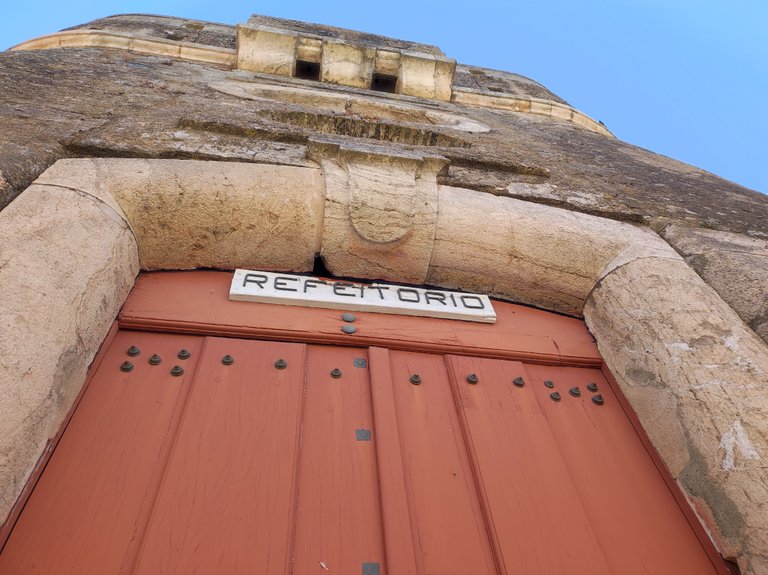
I hope you enjoyed it, see you soon friends ☺️
[PT-BR]
Olá, espero que estejam todos bem ☺️ Hoje venho terminar meu post anterior sobre o exterior do Forte da Graça. O Forte da Graça é enorme e muito bonito ☺️ Recomendo a todos que visitam Portugal. Como contei no post anterior, o Forte da Graça fica em Elvas - Portugal. Fica na fronteira entre Portugal e Espanha, mas do lado português, então se você estiver na Espanha perto de Portugal pode ir visitá-lo, vale muito a pena!

Decidimos visitar este lugar porque vimos um cartaz a dizer-nos o que visitar em Elvas e como as nossas férias foram passadas em Elvas e tínhamos um cão connosco, tivemos de ir a locais que aceitassem cães. Então o Forte da Graça estava na lista e por isso decidimos ir para lá.

O Forte da Graça em Elvas é uma estrutura impressionante que domina a paisagem. Situada no topo de uma colina, a fortificação oferece vistas deslumbrantes da cidade e das planícies ao redor. Construído no século XVIII, o forte serviu como um ponto estratégico de defesa contra invasores. Suas imponentes muralhas e localização privilegiada demonstram a importância militar que teve ao longo da história. Hoje, ao visitar o local, é impossível não se maravilhar com a grandiosidade da construção e a beleza da vista que ela proporciona.

As muralhas do Forte da Graça impressionam pela sua robustez. Feitas de pedra sólida, foram projetadas para resistir aos ataques mais ferozes. Com uma espessura considerável, essas muralhas formam uma fortificação em forma de estrela, característica típica das construções militares da época. Cada ângulo das muralhas foi cuidadosamente projetado para oferecer a melhor defesa possível. Caminhar por essas muralhas é como voltar no tempo, imaginar as batalhas que ali ocorreram e o quão difícil era para os inimigos invadirem a fortaleza.

O exterior do Forte da Graça é pontilhado de baluartes e revelins, estruturas que desempenharam um papel essencial na defesa da fortificação. Os baluartes são saliências que permitem aos defensores uma visão ampla e clara dos arredores, dificultando a aproximação dos inimigos sem serem vistos. Os revelins estrategicamente posicionados serviam como linhas adicionais de defesa, protegendo as paredes principais de ataques diretos. Esses elementos de engenharia militar, ao mesmo tempo belos e funcionais, demonstram a sofisticação do design defensivo da época.

Uma das características mais marcantes do Forte da Graça é o fosso que o cerca. Este fosso profundo e largo era uma barreira formidável contra qualquer tentativa de invasão. Além de dificultar o acesso direto às muralhas, também retardava os invasores, dando aos defensores mais tempo para reagir. Complementando o fosso havia uma ponte levadiça, que podia ser elevada para isolar completamente o forte. Esta combinação de fosso e ponte levadiça foi uma das primeiras e mais importantes linhas de defesa, garantindo a segurança da fortaleza.

As portas do Forte da Graça são outro destaque de sua estrutura defensiva. Feitas de madeira maciça e reforçadas com metal, eram extremamente resistentes, capazes de suportar a eficiência de arrombamentos. As portas eram protegidas por guaritas, de onde os soldados podiam vigiar e reagir rapidamente a qualquer ameaça. O desenho dessas portas demonstra a preocupação com a segurança e o controle de acesso ao forte, elementos essenciais em tempos de guerra. Hoje, ao passar por essas portas, sentimos a história viva em suas robustas estruturas.

Além da sua função defensiva, o Forte da Graça oferece uma vista panorâmica espetacular. Do alto das muralhas, é possível avistar toda a cidade de Elvas, as vastas planícies alentejanas e até mesmo as terras espanholas ao longe. Esta vista era essencial para os soldados, que podiam monitorar qualquer movimento na área circundante. Hoje, esta mesma vista é uma das grandes atrações para os visitantes, que podem desfrutar tanto da paisagem quanto da sensação de estar em um lugar tão historicamente significativo.

Fora do Forte da Graça, também encontramos a Capela de Nossa Senhora da Graça. Embora simples em sua construção, a capela serviu como um importante refúgio espiritual para os soldados e moradores do forte. Localizada dentro dos imponentes muros, a capela forneceu um espaço para paz e reflexão em meio à rigidez da vida militar. A presença desta pequena construção religiosa dentro de uma fortificação tão robusta cria um contraste interessante, mostrando que, mesmo em tempos de guerra, havia espaço para a espiritualidade.

O revestimento de pedra das paredes externas do Forte da Graça é outra característica notável. As pedras foram selecionadas e colocadas com extremo cuidado, garantindo que a estrutura permanecesse forte e estável ao longo dos séculos. O trabalho dos pedreiros é evidente na precisão com que as pedras se encaixam, formando uma superfície forte e virtualmente impenetrável. Essa atenção aos detalhes na construção ajudou o forte a resistir ao teste do tempo e da adversidade, permanecendo um exemplo de excelência em engenharia militar.

O Caminho de Ronda é uma passagem que percorre o topo das muralhas do Forte da Graça, permitindo aos soldados patrulhar todo o perímetro da fortificação. Este caminho elevado oferecia uma vista desobstruída de toda a área circundante, o que era crucial para a defesa do forte. Hoje, caminhar pelo Caminho de Ronda é uma experiência única que nos transporta de volta aos tempos em que os guardas estavam sempre em alerta, prontos para defender a fortaleza de qualquer ameaça que pudesse surgir no horizonte.

A preservação do Forte da Graça é essencial para manter viva a história deste importante edifício. Ao longo dos anos, esforços contínuos de restauração garantiram que as muralhas, portos e outras estruturas permanecessem em boas condições, permitindo que as gerações futuras os apreciem. Manter o forte em boas condições não só preserva um importante patrimônio cultural, mas também permite que mais pessoas aprendam sobre a história de Elvas e a importância desta fortificação na defesa da região. O Forte da Graça é, sem dúvida, uma joia histórica que merece ser preservada.

Espero que tenham gostado, até breve amigos ☺️
Congratulations, your post has been added to WorldMapPin! 🎉
Did you know you have your own profile map?
And every post has their own map too!
Want to have your post on the map too?
Sending you an Ecency curation vote
Please vote for the Ecency Proposal!
https://ecency.com/proposals?filter=team

Hiya, @lizanomadsoul here, just swinging by to let you know that this post made it into our Honorable Mentions in Travel Digest #2306.
Your post has been manually curated by the @worldmappin team. If you like what we're doing, please drop by to check out all the rest of today's great posts and consider supporting other authors like yourself and us so we can keep the project going!
Become part of our travel community:
Thank you very much 😃
You are very welcome @name0! it was well deserved. ☀️
Keep up the great work 💪